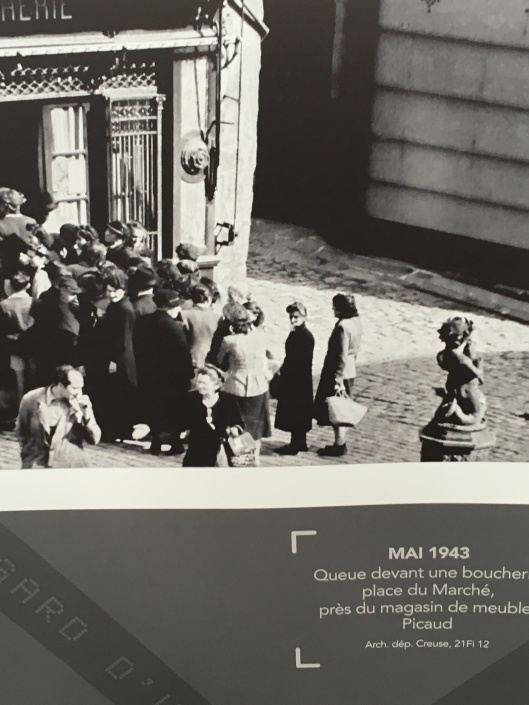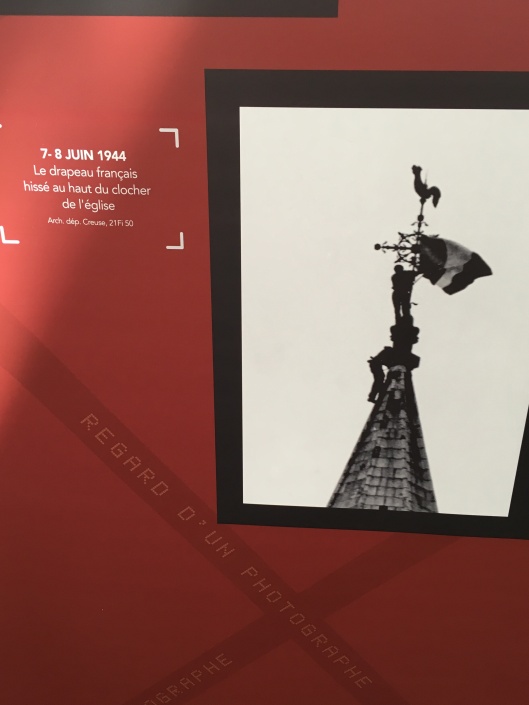In this far-flung corner in the middle of France lies an agricultural region where villages and hamlets, and mainly isolated farms, nestle in the verdant hills and valleys. The area is not distinguished by being near to the sea or anywhere near any mountains, and this in fact is its distinguishing feature. Because of its geophysical characteristics it is subject to long cold winters and fairly long hot summers, sometimes interspersed by spring and autumn, though this is not always the case. In some respects it resembles the Mid-West of the USA and, as I have lived for some time there, too, I have found that in both places the local people are warm-hearted, honest and kind.
I have no statistical data to bear out my theories, though I do have some personal information, so I must try to avoid descending into sweeping generalizations. Consequently, I won’t venture to state that in this part of France the Resistance was at least as active as anywhere else, and that a relatively large number of Jews and others considered undesirable by the Nazis found refuge in one or another remote village or hamlet.
The occupying Germans did their best to hunt down and capture any and every expression of resistance wherever they could find it, and even elsewhere. The nearby village of Oradour-sur-Glane paid a heavy price in 1944, when the entire population of the village (642 men, women and children) were massacred in a retaliatory action.
An exhibition of photographs taken by an amateur photographer in the Creuse during the Occupation is currently being held at the Departmental Archives in the town of Gueret. The photos were taken by Jacques Poudensam, a local pharmacist and dentist, and the grainy black-and-white pictures portray a period of hardship and determination, showing how the people of the Creuse coped with the situation, and also how they fought against the enemy.
Thus we see tired housewives standing in line in May 1943 in order to buy their meagre ration of meat (anyone who has read Kristin Hannah’s novel, ‘The Nightingale,’ will have a pretty clear idea of the situation), as well as a German reconnaissance plane over the town in August 1944. Battles or skirmishes between the Germans and the local Resistance forces continued throughout the period of the Occupation, but intensified towards the end of the war, especially once news came through of the Allied landing in Normandy in June 1944.
A number of plaques can be found on the walls of buildings in the centre of Gueret commemorating members of the Resistance who fell there in 1944, such as the one commemorating Wolf Glicenztzein, aged 55, who was killed there on 7th June 1944. The exhibition contains photos showing the French flag hoisted aloft the church tower in June 1944, and members of the Maquis marching proudly through the Gueret market place in August 1944. Finally, in November 1944, we see troops (presumably of the Free French forces) massed in Place Bonnyaud (where the Gueret market is now held every week). Bear in mind the fact that Paris was liberated by the Free French forces, led by de Gaulle, in August 1944, not long after the Allied landing in Normandy.
And so, a small, almost insignificant exhibition in an out-of-the-way French town reveals the heroism and fortitude of the local populace at a time when most of Europe was suffering under the yoke of the Nazi aspiration for world dominance. Only by the concerted effort and sacrifice of many millions of people, both civilian and military, was it possible for that dream to be crushed so that sanity could prevail once more.




